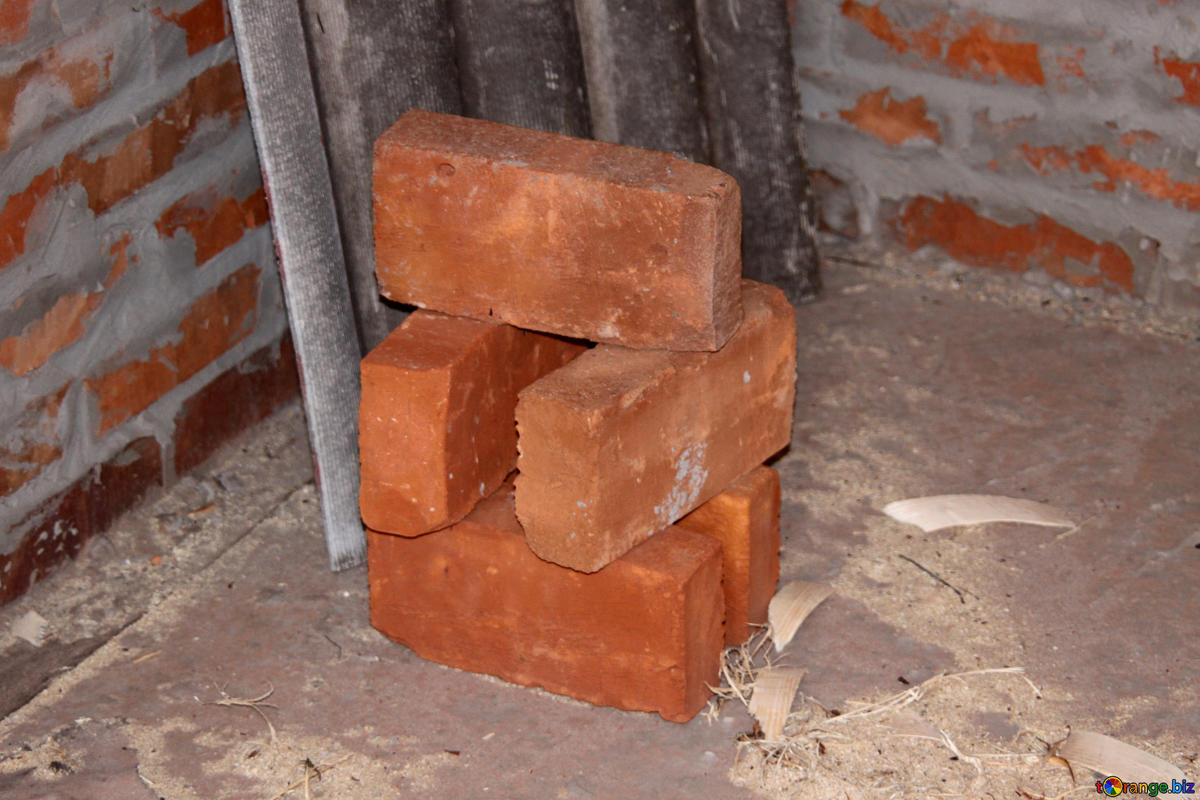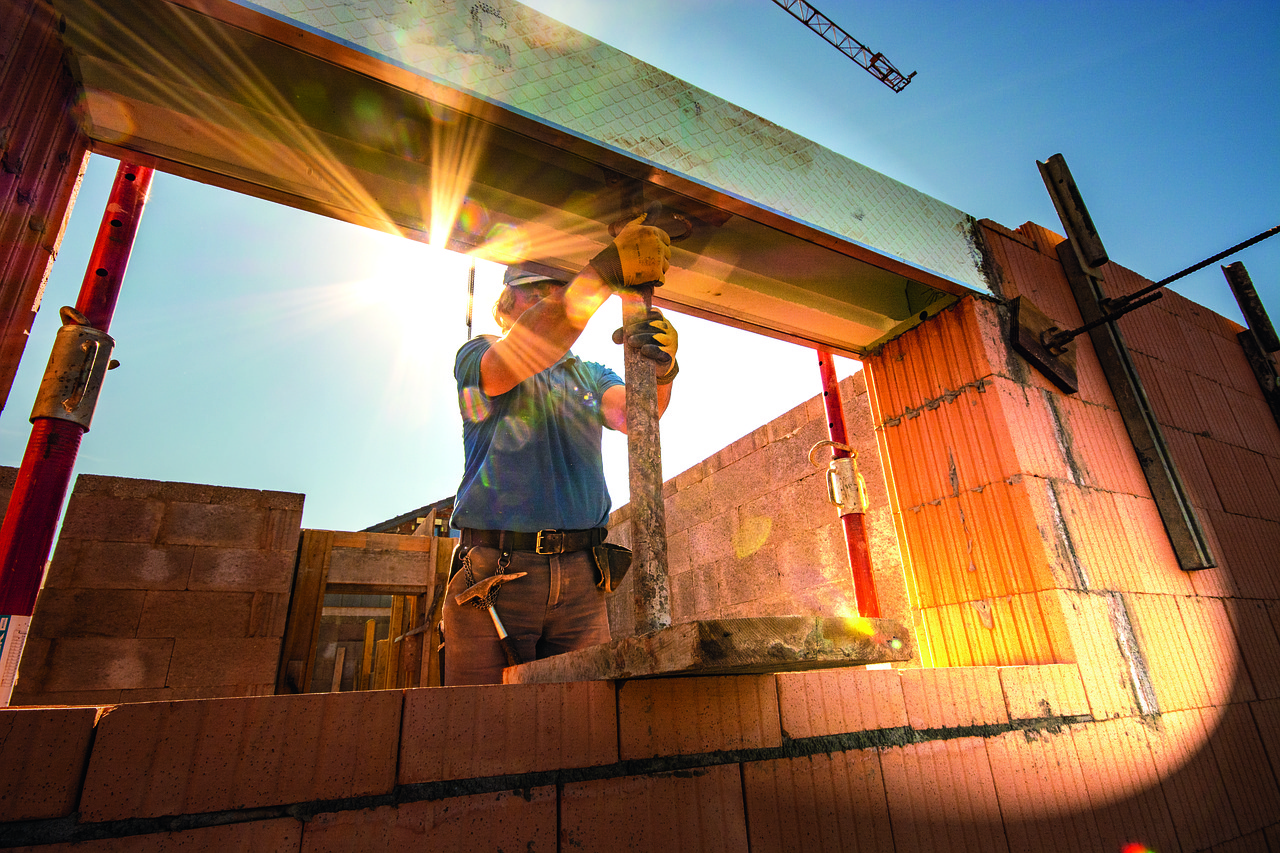Cinder blocks, also known as concrete masonry units (CMUs), are a staple in the construction industry. Their versatility, strength, and affordability make them ideal for a variety of building projects. Understanding the dimensions of cinder blocks is crucial for anyone involved in construction, from DIY enthusiasts to professional builders. This guide will provide you with everything you need to know about cinder block dimensions.
Standard Cinder Block Dimensions based on ASTM Standards
The most common dimensions for cinder blocks are 8 inches by 8 inches by 16 inches. This standard size, often referred to as an 8x8x16 block, is widely used in residential and commercial construction. However, there are several other sizes available to suit different construction needs.
Nominal vs. Actual Dimensions:
When discussing cinder block dimensions, it’s important to differentiate between nominal and actual dimensions. Nominal dimensions include the thickness of the mortar joint, while actual dimensions refer to the true size of the block without mortar.
- Nominal Dimensions: 8″ x 8″ x 16″
- Actual Dimensions: 7.625″ x 7.625″ x 15.625″
This slight difference ensures that when the blocks are laid with a standard mortar joint, the overall dimensions align correctly.

| CMU SIZE | NOMINAL DIMENSIONS D x H x L (INCHES) | ACTUAL DIMENSIONS D x H x L (INCHES) |
|---|---|---|
| FULL BLOCK | ||
| 4″ CMU BLOCK | 4″ x 8″ x 16″ | 3 5/8″ x 7 5/8″ x 15 5/8″ |
| 6″ CMU BLOCK | 6″ x 8″ x 16″ | 5 5/8″ x 7 5/8″ x 15 5/8″ |
| 8″ CMU BLOCK | 8″ x 8″ x 16″ | 7 5/8″ x 7 5/8″ x 15 5/8″ |
| 10″ CMU BLOCK | 10″ x 8″ x 16″ | 9 5/8″ x 7 5/8″ x 15 5/8″ |
| 12″ CMU BLOCK | 12″ x 8″ x 16″ | 11 5/8″ x 7 5/8″ x 15 5/8″ |
| HALF BLOCK | ||
| 4″ CMU BLOCK | 4″ x 8″ x 8″ | 3 5/8″ x 7 5/8″ x 7 5/8″ |
| 6″ CMU BLOCK | 6″ x 8″ x 8″ | 5 5/8″ x 7 5/8″ x 7 5/8″ |
| 8″ CMU BLOCK | 8″ x 8″ x 8″ | 7 5/8″ x 7 5/8″ x 7 5/8″ |
| 10″ CMU BLOCK | 10″ x 8″ x 8″ | 9 5/8″ x 7 5/8″ x 7 5/8″ |
| 12″ CMU BLOCK | 12″ x 8″ x 8″ | 11 5/8″ x 7 5/8″ x 7 5/8″ |
Other dimensions of cinder blocks may include:
- 4 inches x 8 inches x 16 inches
- 6 inches x 8 inches x 16 inches
- 8 inches x 8 inches x 24 inches
- 12 inches x 8 inches x 16 inches
Specialty Cinder Blocks
In addition to standard sizes, there are specialty cinder blocks designed for specific applications. Some examples include:
- Partition Blocks: Thinner blocks used for non-load-bearing walls.
- Lintel Blocks: Used to create openings for windows and doors.
- Corner Blocks: Designed to create smooth, finished corners in walls.
Applications of Different Cinder Block Sizes
Understanding the dimensions of cinder blocks helps in selecting the right type for various applications:
- Foundation Walls: Typically use 8x8x16 blocks due to their strength and stability.
- Garden Walls and Planters: Often utilize smaller blocks like the 4x8x16 for a more refined look.
- Retaining Walls: Require larger blocks such as the 12x8x16 for added support and durability.
- Interior Walls: Partition blocks or 6x8x16 blocks are commonly used for non-load-bearing walls inside buildings.
How to Calculate the Number of Cinder Blocks Needed
When planning a construction project, knowing how to calculate the number of cinder blocks required is essential. Here’s a simple formula to estimate the number of blocks needed for a wall:
- Determine the wall area: Multiply the wall height by the wall length.
- Calculate the block area: Multiply the block height by the block length.
- Divide the wall area by the block area: This will give you the number of blocks needed.
For example, for a wall that is 8 feet high and 20 feet long using 8x8x16 blocks:
- Wall area = 8 ft x 20 ft = 160 sq ft
- Block area (nominal) = 8 in x 16 in = 128 sq in = 0.89 sq ft
- Number of blocks = 160 sq ft / 0.89 sq ft = approximately 180 blocks
Always round up to account for any cuts or wastage during construction.
Cinder Block Vs Concrete Block
Cinder Block:
A cinder block contains cinder as an aggregate. Cinder is a form of fly ash derived from the non-combustible residue of combustion in a power plant, boiler, furnace, or incinerator. It is a method of recycling this material.
Concrete Block:
A concrete block has gravel as an aggregate; however, the term concrete can refer to anything from recycled concrete to sand. As an aggregate for concrete, almost anything can be used.


